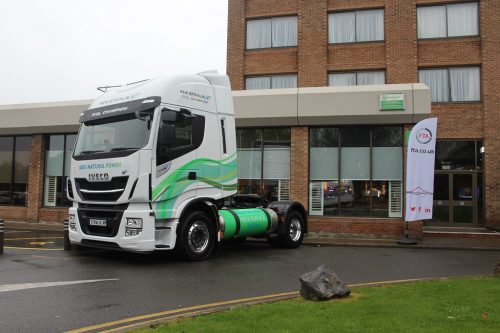
Jade Smith attends the Peterborough FTA’s Transport Manager 2017 conference, which took place on October 18 at the Holiday Inn Peterborough West
James Hookham, Deputy Chief Executive of the Freight Transport Association (FTA), kick-started the event with a welcome speech, followed by a legislative round-up and technical update highlighting the main topics on the horizon that Transport Managers (TM) need to be aware of to ensure the safety, compliance and efficiency of their organisations.
“One obvious omission from the programme today is Brexit,” James said during his welcome. “We are certainly on the case, but it’s all a little speculative – we’re not quite certain what way it will go. So we have decided to focus on the issues we are definite about.”
A view from the Traffic Commissioner
Richard Turfitt, Senior Traffic Commissioner for the East of England, was the conference’s keynote speaker. He wanted attendees to understand his priorities for the year ahead and ensure TMs avoid non-compliance from the latest action taken on operators at public inquiries.
“The role of TM, whether statutory or voluntary, is key to most operators managing their safety and compliance,” Richard began. “Traffic Commissioners recognise the value of operators and TMs who want to get things right.
“We are fighting the good fight on your behalf and trying to reduce the burden on the good operator by focusing on the bad operators.
“I don’t want to put an end to a transport business. I want to ensure safety and to help operators get it right. I know that no-one in this room intends to be at Public Inquiry (PI). The best way of a making sure you don’t go to PI is to be fully equipped by keeping on top of changes.
“I’ll say to you what I say to most TMs that end up before me at PI: when it comes to it, I consider all of you with a Certificate of Professional Competence (CPC) to be better qualified than me.
If I’m able to spot things and the TM isn’t, there’s something wrong.[…]
By subscribing you will benefit from:
- Operator & Supplier Profiles
- Face-to-Face Interviews
- Lastest News
- Test Drives and Reviews
- Legal Updates
- Route Focus
- Industry Insider Opinions
- Passenger Perspective
- Vehicle Launches
- and much more!


